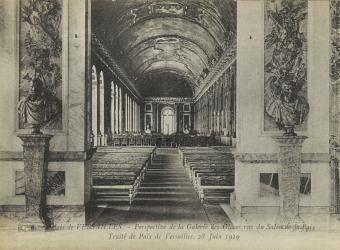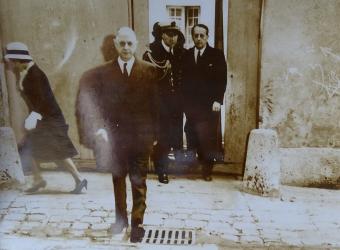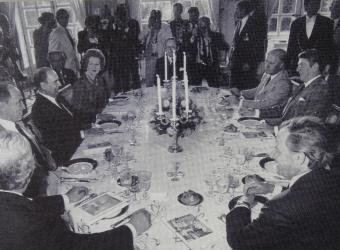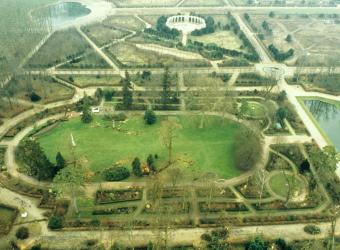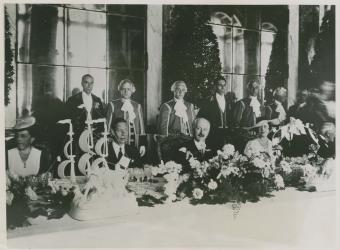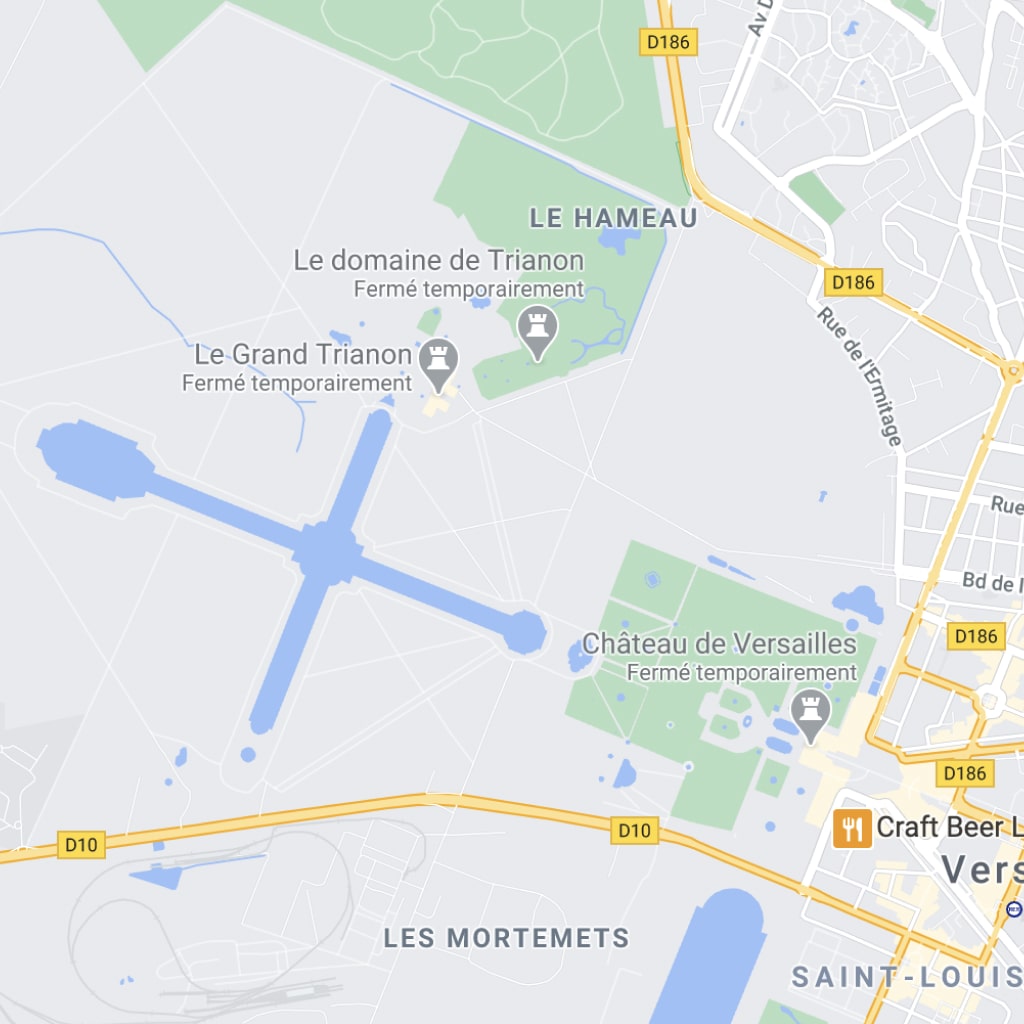Since the establishment of the Fifth Republic, the Congress has convened 26 times at Versailles. Charles de Gaulle founded the Fifth Republic, which was then ratified by means of a referendum by the vast majority of French people.
The Congress of Versailles and the Fifth Republic
The Congress at Versailles under the Fifth Republic
The Congress brings together the two parliamentary chambers – the National Assembly and Senate – within the Palace of Versailles. The Constitution of 1958 sets out the conditions for Congress to be convened.
- Since its adoption, Congress can be convened to debate and approve an amendment to the Constitution. Article 89 of the Constitution sets out the amendment procedure: the bill must be passed on the same terms by the National Assembly and the Senate before being submitted to Congress. Approval requires a three-fifths majority vote.
- The reform of 23 July 2008 expanded its remit: Congress can now be convened to hear an address by the President of the Republic or to ratify the admission of a new state to the European Union, in keeping with article 88-5 of the Constitution. The date of the meeting is set by the President of the Republic, and no meeting since 1958 has ever lasted longer than a day.
Congress sessions relating to constitutional amendments
| Date | Proposed constitutional amendment | Result of the vote |
|---|---|---|
| 20 December 1963 | Change in the date of parliamentary sessions | “Yes” votes (557/558) |
| 21 October1974 | Extension of the droit de saisine (right of referral) of the Constitutional Council | “Yes” votes (488/761) |
| 14 June 1976 | Interim for the presidency of the French Republic | “Yes” votes (490/748) |
| 23 June 1992 | Ratification of the Maastricht Treaty | “Yes” votes (592/665) |
| 19 July1993 | Creation of the Court of Justice of the Republic and the reform of the CSM (Higher Council of the Judiciary) | “Yes” votes (833/886) |
| 19 November 1993 | International agreements on asylum law | “Yes” votes (698/855) |
| 31 July1995 | Referendum, single parliamentary session, parliamentary immunity | “Yes” votes (674/852) |
| 19 February 1996 | Social Security funding laws | “Yes” votes (681/869) |
| 6 July1998 | Nouméa Accord in New Caledonia | “Yes” votes (827/858) |
| 18 January 1999 | Ratification of the Treaty of Amsterdam | “Yes” votes (759/870) |
| 28 June1999 | International Criminal Court | “Yes” votes (856/862) |
| 28 June 1999 | Equality between men and women | “Yes” votes (741/783) |
| 17 March 2003 | European Arrest Warrant | “Yes” votes (826/875) |
| 17 March 2003 | Decentralised organisation of the Republic | “Yes” votes (584/862) |
| 28 February 2005 | Ratification of the treaty establishing a Constitution for Europe | “Yes” votes (730/796) |
| 28 February 2005 | Charter for the Environment | “Yes” votes (531/554) |
| 19 February 2007 | New Caledonia electoral college | “Yes” votes (724/814) |
| 19 February 2007 | Jurisdictional status of the President of the Republic | “Yes” votes (449/652) |
| 19 February 2007 | Ban on the death penalty | “Yes” votes (825/854) |
| 4 February 2008 | Ratification of the Treaty of Lisbon | “Yes” votes (560/741) |
| 21 July 2008 | Modernisation of institutions | “Yes” votes (539/896) |
| 4 March 2024 | Guaranteed freedom to terminate a pregnancy | “Yes” votes (780/852) |
Addresses to Congress
| Date | President of the Republique |
|---|---|
| 22 June 2009 | Nicolas Sarkozy |
| 16 November 2015 | François Hollande |
| 3 July 2017 | Emmanuel Macron |
| 9 July 2018 | Emmanuel Macron |
Robert Badinter and the abolition of the death penalty
Robert Badinter (1928-2024), Keeper of the Seals from 1981 to 1986 under the presidency of François Mitterrand, and then president of the Constitutional Council, embodies the long fight for the abolition of the death penalty in France.
Robert Badinter at the Congress in Versailles © Thomas Coex/AFP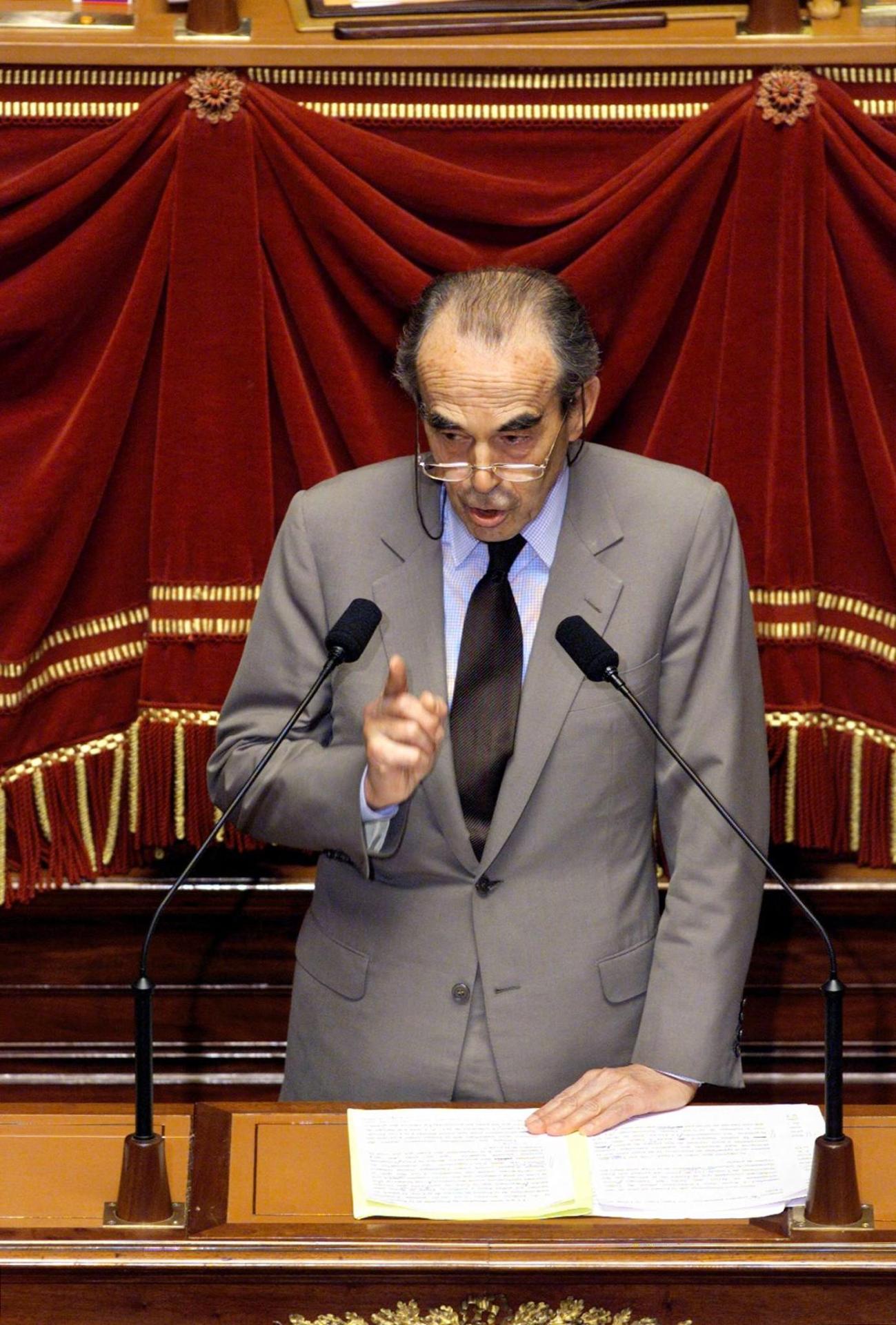
He died on 9 February, and his induction into the Panthéon on 9 October 2025, the anniversary of the promulgation of the law of 1981 which he championed, symbolises the French nation’s tribute to one of its greatest defenders of human rights. This mark of recognition granted by the President of the Republic, Emmanuel Macron, is echoed by the French National Monuments Centre with an exhibition entitled “Justice at Heart” at the Panthéon.
On 17 September 1981, Robert Badinter delivered a speech to the National Assembly in which he called on deputies to vote in favour of the abolition of the death penalty. The bill was passed the following day by a significant majority of the National Assembly and was ratified by the Senate on 30 September. It was promulgated on 9 October 1981, thus bringing capital punishment to an end in France.
In his speech, Robert Badinter declared:
“The true political meaning of the death penalty is that it stems from the idea that the state has the right to do as it pleases with a citizen, and that includes ending their life. This is how the death penalty is enshrined in totalitarian systems.”
He continued:
“Tomorrow, thanks to you, French justice will no longer be a justice that kills. Tomorrow, thanks to you, there will no longer be, to our collective shame, furtive executions at dawn under a black canopy in French prisons. Tomorrow, the bloody pages of our justice system will be turned.”
“Tomorrow, you will vote for the abolition of the death penalty. French lawmakers, I thank you with all my heart.”
The Congress at Versailles to incorporate the law into the Constitution in 2007
In 1985, France ratified the sixth additional protocol to the European Convention on Human Rights, banning the death penalty in peacetime.
Parliament in Congress on 19 February 2007 - Monsieur Debré and Monsieur Badinter at the rostrum © Assemblée Nationale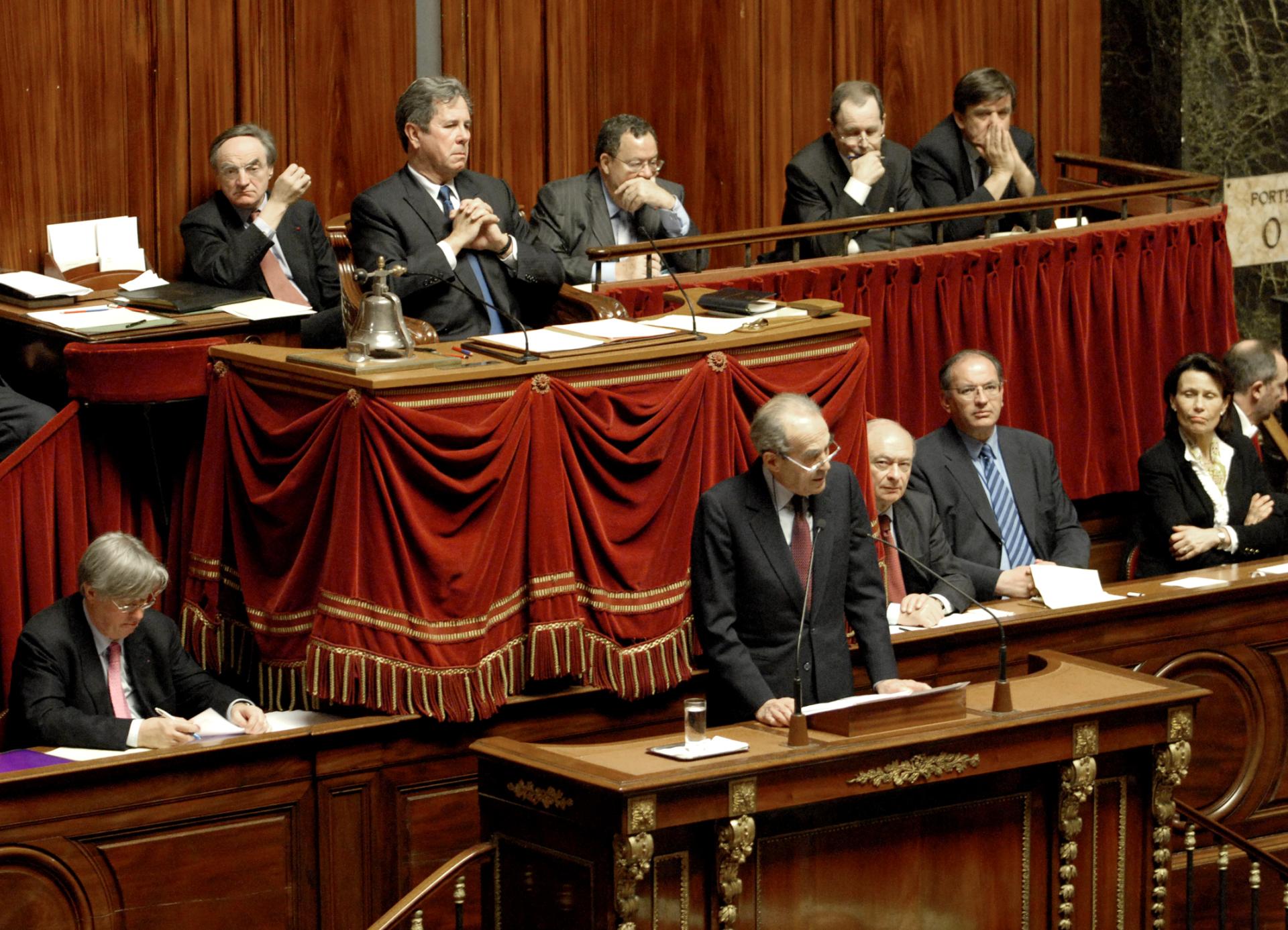
The year 2007 finally marked the culmination of the historic process which began in 1981. From 1 to 3 February 2007, France hosted the Third World Congress against the Death Penalty in Paris. On 19 February 2007, Congress, which convened at Versailles at the instigation of Jacques Chirac, passed the constitutional law which introduced a new article to title VIII of the Constitution. It stated in article 66-1: “No one shall be sentenced to death”. This text enshrines the intangible principle of abolition in fundamental law.
Dominique de Villepin, who was Prime Minister at the time, and Robert Badinter himself, spoke during this session of Congress. Both highlighted the universal significance of this struggle and the place which it occupied in the democratic history of the Republic
Induction into the Panthéon and republican values
The induction of Robert Badinter into the Panthéon offers an opportunity to reassert the values which shaped his struggle and founded the French Republic: equality, in the form of emancipation; liberty, guaranteeing individual rights; fraternity, defending human dignity; the unity of the Republic; democracy as a common good, and the rule of law.
This commemorative event is a reminder that the abolition of the death penalty was not only a penal reform; it also represents a far-reaching change in the relationship between the state and life.
To find out more...
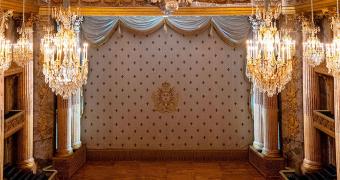
Show
The 2025-2026 musical season
The Palace of Versailles is hosting numerous operas, concerts, gala evenings and ballets in some of its exceptional spaces, including the Royal Opera and the Royal Chapel. Check out the programme for the 2025–2026 music season at Versailles.

Exhibition
The Grand Dauphin (1661-1711), Son of a king, father of a king, but never a king
The Palace of Versailles is presenting an exhibition devoted to the Grand Dauphin, Louis de France, the eldest child of Louis XIV. It traces the life of this often overlooked prince. As heir to the throne, he was the focal point of Bourbon dynastic ambitions, without ever reigning, but his education reflects the destiny which was his due.
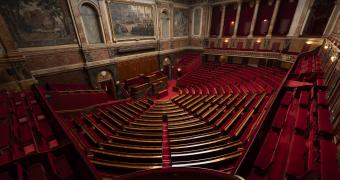
360° Virtual tour
The Congress Chamber
To mark the 150th anniversary of the Third Republic, the Palace of Versailles is opening the Congress Chamber and apartment of the President of the Congress. Discover this historic yet little-known part of the Palace thanks to 360° photo technology.




